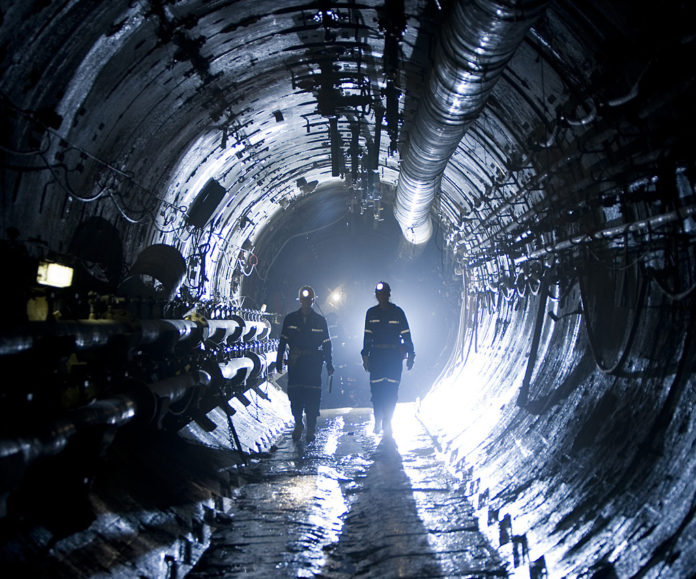
The uranium market has improved enough for Cameco to make a profit, but not enough to re-open the McArthur River/ Key Lake mine site, the company revealed during its latest quarterly update.
The company updated investors during a conference call Friday afternoon.
It reported a $28-million profit in the third quarter.
Cameco is projecting a strong fourth quarter and an annual dividend of eight cents per share. The outlook for cash from operations for 2018 remains unchanged at $718 to $775 million.
“There’s no question that the uranium spot market is showing a significant improvement compared to a year ago,” said president and CEO Tim Gitzel.
“But make no mistake it has a long way to go.”
The current spot price, he said, is up almost 40 per cent from a year ago, while the long-term price is up about six per cent. The increase is due to production cuts, inventory reduction and an increase in demand. Cameco has played a part in that market cleanup Gitzel said, by cutting its own production and inventory levels.
“On the demand side, we have finally reached the point where on an annual basis, consumption has returned to pre-2011 levels,” he said.
‘We have filled in the pothole of lost demand, and that demand continues to grow. Not at a rocketship rate, but with 55 reactors under construction, there is steady growth.”
While that growth is a good sign, it isn’t nearly enough to re-open the sites that were shut down indefinitely last quarter.
Gitzel said those sites will be restarted when the company is able to sign acceptable long-term contracts that would allow the company to commit to those extra pounds of production.
“While we are seeing some positive developments, we are not yet seeing the type of response needed from the uranium market,” he said.
“Today’s prices are still nowhere near — not even close — to the levels needed. The fact that we have the world’s best mine and mill shut down indefinitely is certainly not because the market is in great shape.”
Gitzel also said that investments in expansions aren’t even on the horizon. Both tier one and tier two assets would have to be restarted before that was even considered.
“Even the promise of new investment would create a headwind and erase any possibility for robust investment returns,” he said.
Many of the market factors that are preventing Cameco from being able to reach the agreements it needs to are based on global trade policy. Almost 70 per cent of global primary uranium production is being done by state-owned enterprises, Gitzel said, with about 40 per cent coming from Khazakstan alone. Cameco is also involved in the investigation of the trade expansion act in the US. If the US wants more domestic uranium production, Cameco-owned plants currently in care and maintenance would be among that nation’s best and quickest to switch to production, he said.
While the company’s mines remain shut down, Cameco will be purchasing between 11 and 12 million pounds of uranium in order to be able to deliver on its promises. It expects to produce about nine million pounds in Cigar Lake.
In the current economic environment, Gitzel said, it doesn’t make sense to re-open the closed down mine sites while prices are so low. If prices begin to drastically rise and the company can sign more long-term contracts, it would then start to consider the possibility of re-opening the McArthur River/Key Lake site.
“We have long-term commitments to deliver about 150 million pounds of uranium concentrates,” he said.
“Securing material today for delivery in the future provides us with added flexibility in making future sourcing decisions to fulfill our delivery commitments without the need to build inventory today. Inventory only serves to create an overhang in the market and ties up our cash.”
The McArthur River/Key Lake site was shut down indefinitely over the summer. About 700 workers were permanently laid off. Of those, about 550 were from the mine site with 150 from Cameco’s Saskatoon headquarters. The company had previously shut down its Rabbit Lake mine in northern Saskatchewan, which cost about 500 jobs, as well as cutting 120 people from its Saskatoon office.

